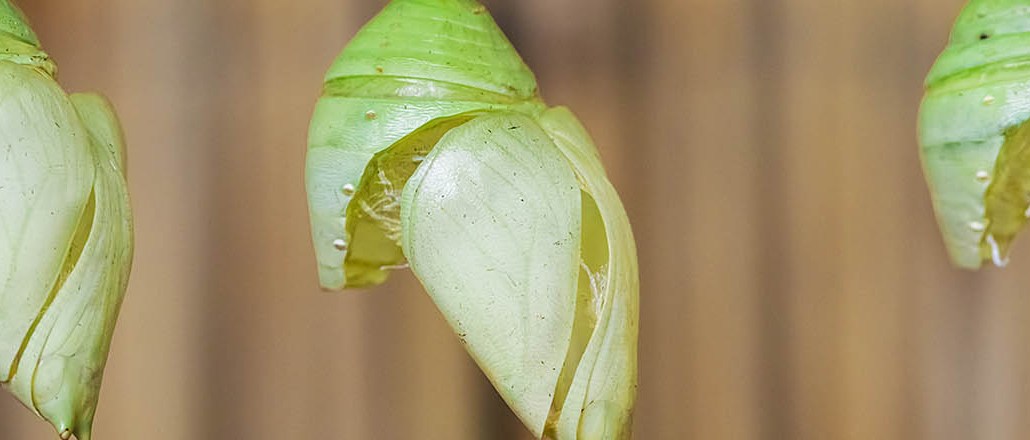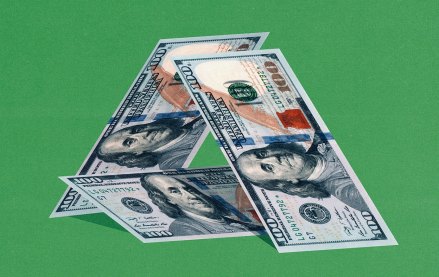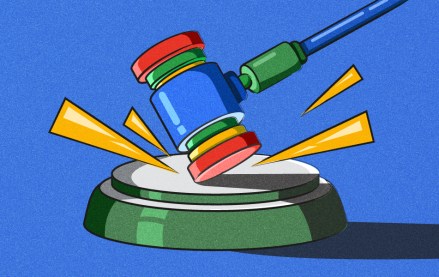Insights from CTV leaders at Dentsu, Horizon Media and more
Content marketing and native come of age: 67 percent use them for branding

For a while, content marketing and native advertising budgets were cobbled together from the leftovers of more traditional digital allocations, the tactics seen more as auxiliary than central to campaigns. Those times are clearly behind us, according to the most recent State of the Industry research conducted with Digiday.
In fact, 60 percent of brands and agencies view content marketing as “very significant” to their overall marketing strategies. They clearly expect this importance to continue, as content marketing and native advertising budgets are on track to grow 59 percent and 46 percent respectively by 2017, outpacing the growth of industry mainstays like display and search ad spend.
“The barrier is overcoming this idea that it’s harder or more expensive or that it takes more resources,” said Bill Evans, evp and chief digital officer of Team Chemistry at WPP Group, of content and native’s potential. “It’s just another way of structuring your marketing plan. I predict brands are going to take on more of the role of content publishers.”
And unlike many other digital ad tactics, 67 percent of marketers are using content marketing to support brand engagement objectives.
“Standard digital ads have continued to focus on direct response while content marketing has allowed more creativity and engagement with the consumer – things further up the funnel like building brands and changing perception,” said Jason Kint, CEO of Digital Content Next.
Publishers share this enthusiasm: 61 percent say that content marketing is a “significant” or “very significant” component of their revenue models; 54 percent say the same of native advertising. Even more, 70 percent believe that native advertising has the most revenue growth potential over the next two years of the formats studied.
Of course, in order to make good on these projections, publishers must increase the amount of content and native placements they offer buyers. This raises the issue of scale, a challenge that 45 percent of brands, agencies and publishers say will be solved with the rise of automation technology.
The timing couldn’t be better: In last year’s State of the Industry report on the intersection of content and programmatic, 83 percent of respondents said that they expected content marketing to go programmatic by 2017.
Still, this might be putting the cart before the horse: Agencies, brands and publishers alike cited a lack of resources as the largest obstacle keeping them from doing even more content marketing and native advertising. Until these internal needs are met, these new, effective formats won’t be able to achieve their full potential.
For more about the industry’s definition of content marketing vs native advertising, the strategies behind each, and budgets (both present and future) on both sides, check out the full report here.
More from Digiday

Ad Tech Briefing: The ‘plumbers’ posing as the unlikely saviors of the internet
After several false dawns, can Cloudflare’s ‘anti-AI scraping tool’ finally offer publishers a road to commercial redemption?

Retail media’s mid-2025 reality: Why advertisers are going all in on full-funnel
Retail media’s meteoric rise may finally be leveling off — and that’s forcing advertisers to take a harder look at what they’re getting for their money.

Generative AI, not ad tech, is the new antitrust battleground for Google
Global regulatory scrutiny is shifting from Google’s ad tech and search dominance to generative AI, as they aim to address the most pressing threats to publisher business models.





